Become a member
Millcreek Canyon 2021
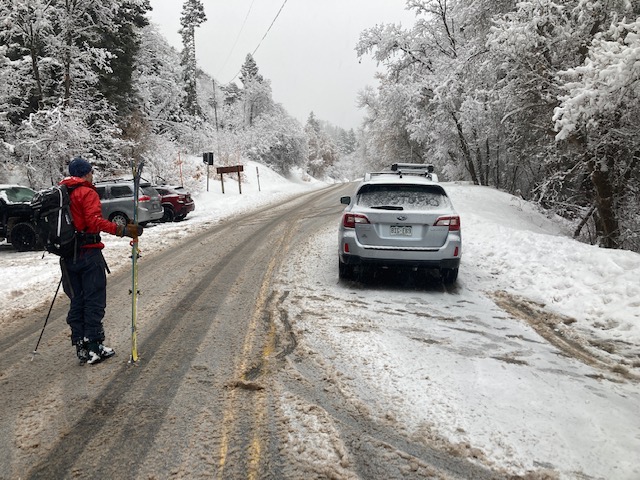
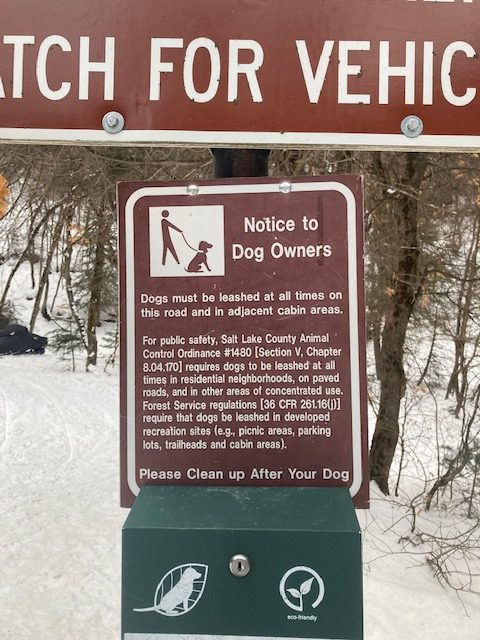
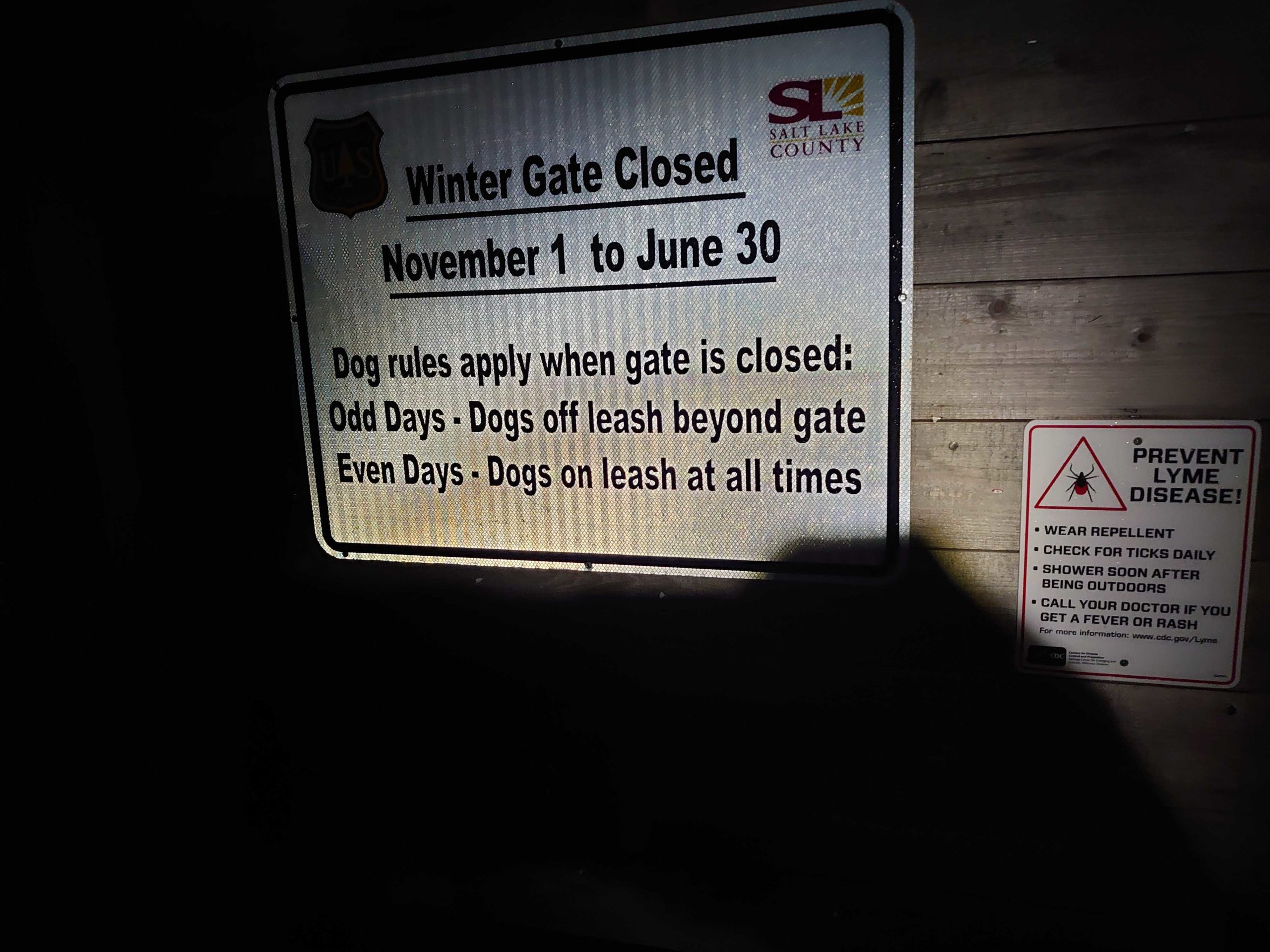
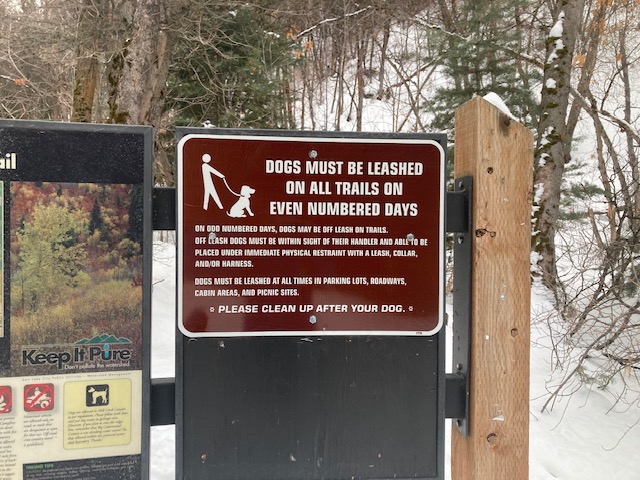
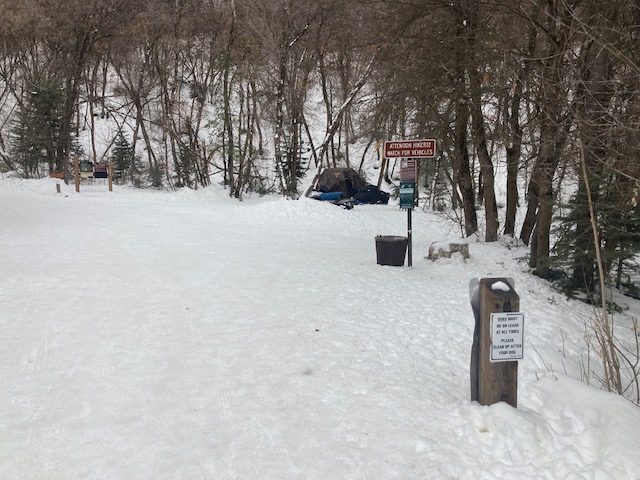
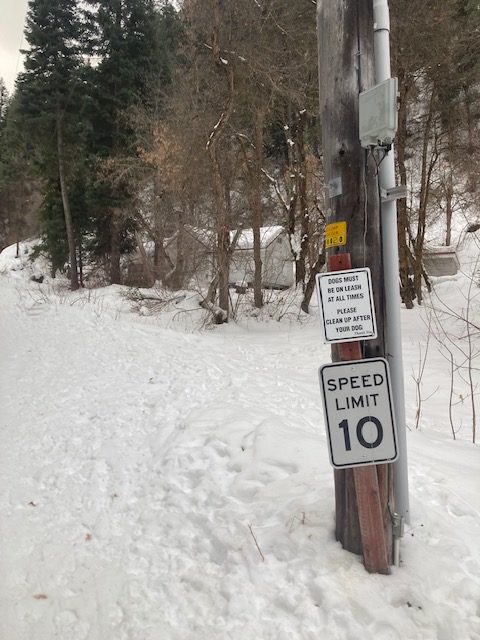
Hello Wasatch Backcountry Alliance members!
We hope that you have taken all that patience that you’ve developed over the past near-year of Covid and effectively applied it to awaiting for our anemic snowpack to allow for more widely-spread and safer skiing.
As expected, it seems that our new Covid era has generated a lot of enthusiasm for the backcountry, even with a challenging snow year. For better or worse, the few storms we have had have aligned with weekends, which has in turn of course aligned with traffic issues in the canyons. As such, and since the Central Wasatch Commission and UDOT are both spending a lot of resources on developing long term plans specifically for Little Cottonwood Canyon, we have taken the dive into the world of podcasting with the new “Uptrack” to take a closer look at the various options that are being considered. Last week we provided some background and context, and look forward to talking to representatives from the CWC about their vision, the gondola advocates, UTA about the bus option, and the train advocates so that we can learn and help you learn about the various long (and hopefully short) term solutions.
This message, however, focuses on the Cottonwood Canyons’ stepchild, Mill Creek Canyon. With no resorts and only 4 miles to the winter gate it may not get the credit it deserves, but the close proximity to the valley, the variety of activities it offers, and its dog-friendliness make it a local favorite. And it’s quickly getting loved to death!
The Central Wasatch Commission (CWC) is a group of a dozen elected officials who are there to facilitate exercising what was agreed upon in the Mountain Accord. In turn, the CWC has a Stakeholders Committee, which is made up of representatives from the community to be a sort of advisory group/sounding board for the CWC, and the Wasatch Backcountry Alliance has a representative on that committee. The Stakeholders’ Committee in turn has its own subcommittees, one of which is the Mill Creek Canyon Committee, which we are on as well.
Mill Creek Canyon (MCC) has had a busy year: if you’ve been up there you’ve no doubt noticed the spacious new parking lot at the Rattlesnake Gulch trailhead, this summer a new less-steep, switchbacked trail will lead from there up to the Pipeline trail to get it out of the erosion-fest gully, and this summer the Forest Service will be finishing the last short section of a new trail that will link Elbow Fork to Big Water on the south side of the road. Additionally, the town of Millcreek applied for and is now hopefully on the cusp of receiving a grant from the Federal Lands Access Program to (mostly) improve the road to make it safer and more accessible (perhaps ”paving the way” to a far-future MCC shuttle).
As you no doubt know, the MCC road is closed for the winter 4.5 miles up the canyon, and is a favorite winter ski and hike zone. Additionally, not far below is the Porter Fork side canyon. One of the goals of the MCC committee was to clarify the status and rules surrounding both of those, particularly with regards to bicycles and dogs and their leashes. It’s a bit complicated from a jurisdictional perspective: it’s a county road laid atop federal land, with both entities having their own rules (road speed limits, rules for trails) and their respective law enforcement personnel.
The complexity increases a little every November 1 when the gate swings shut across the road: the “road” formally becomes a “trail”. As such, the rules regarding leashes on the upper canyon trails in the summer – that is: dog leashes are required on even days, optional on odd dates – goes into effect on the road. Which is a Forest Service rule; the blanket SLCO law is that dogs are required to be on leash at all times, everywhere in the County except in designated dog parks such as Parley’s Nature Park, but in the case of MCC there was an agreement long ago that the rule suggested by the Forest Service was acceptable to the county.
Another aspect of the leash rule is that a “leash” is considered to be 6 feet or less; ie no extendo leashes that have the potential to clothesline skiers when Bowser dives over to the other side of the road chasing a squirrel.
Even though the odd/even day deal also applies to bicycles on the upper canyon trails (bikes are allowed on the Big Water/Little Water trails only on even days) this does NOT apply to the MCC road; ie bicycles are allowed on the road all days, regardless of the gate being open or closed, or the road being bare pavement or snow-covered. Bikes are also allowed on the Pipeline trail all days, and the odd/even day leash laws apply on Pipeline and the other lower MCC trails such as Church Fork, Rattlesnake, etc.
Because of the permanently-closed gate, the Porter Fork road is also considered to be a “trail” in the eyes of the Forest Service year round, as too, of course, is the actual trail above the end of the road where the Mount Olympus Wilderness boundary is. Therefore, the leash rules are still in place in the entirety of Porter Fork: ie leashes are required on even days, and leashes are optional on odd days. There are several signs at the bottom of the road discussing leashes, and they are contradictory: several small white signs say “leashes required at all times” – these signs are unofficial and were likely put up by the nearby cabin owners. There’s also a county sign that says leashes are required at all times, because it is county land and SLCO has a county-wide leash law outside of specific dog parks. And additionally – somewhat dimly – there is a Forest Service sign saying that leashes are required on even-numbered dates. It’s a bit confusing!
Some years ago the county and the Forest Service agreed that in this case the Forest Service actually has jurisdiction over this, so at this point it’s the FS rule that goes. We have discussed this with the FS and they are talking to the cabin owners now to try to take down the unofficial signs.
Therefore, if you want to take Bowser up Porter Fork for a dog-friendly tour and want to let him gallivant about off leash, do so on odd-numbered days. Gentle reminders to people who violate that rule can help the education of the community. Eg: “Did you know that there’s an odd/even day leash law in Mill Creek Canyon?” is probably better than “leash your #?$@#% dog, you %%EDITORCONTENT%%amp;*$#!!! And it goes without saying – but we will – that there is no Poop Fairy and dog owners are obligated to pick up after their canine pals, even if those pals proudly try to kick snow over their fine work.
Additionally, whether a dog is on leash or off, they should be under their owner’s direct control and generally be a good member of the community. If Bowser tends to be aggressive to people or other dogs, Bowser is not welcome on any public trails.
The Wasatch Backcountry Alliance has had a lot of discussions with the Forest Service about this and they realize that the rules may be a bit outdated and the use has increased dramatically, so they may be changed in the future. But because of the nature of the complex relationship between the FS and the county resolution may not be quite as simple as it seems. However, we are hoping that with a bit of pressure the two entities can get together to discuss the issue this summer.
Porter Fork clearly has also developed a wide reputation for fun among the “snow play” crowd, with many young and old sledders having moderate levels of success – depending on snow conditions – sledding down the road. There are no regulations for sledding. And since the whole Porter Fork-to-the-Mill Creek gate zone has gotten so popular across the recreation spectrum, parking has become a big problem, especially on weekends, so carpool up the canyon as much as possible given our coronavirus situation (it’s a short drive; you can keep your window cracked open!), keep your car from being parked in the road (it’ll get ticketed; the Unified Police have increased their budget for patrolling the canyon) and don’t be afraid to walk a bit to get to your desired trailhead; you are out for exercise, after all!
Regardless of the rules, there are also ethics: keep in mind that Porter Fork and Mill Creek canyons – like many places in the Wasatch and beyond – are very often crowded with people. Hopefully you’ve gotten your speed buzz already up in the hills above, so especially as you approach the “trail” heads, slow down, don’t buzz people too hard who don’t see you coming, don’t get bent if you need to slow down for dogs, hikers, snowshoers, sledders, and skinners, and remember that you are a representative of a large community that relies on some good faith so that we can all recreate safely and happily together in a small and popular zone.
Join the WBA newsletter for Central Wasatch backcountry events and news.
More articles
-
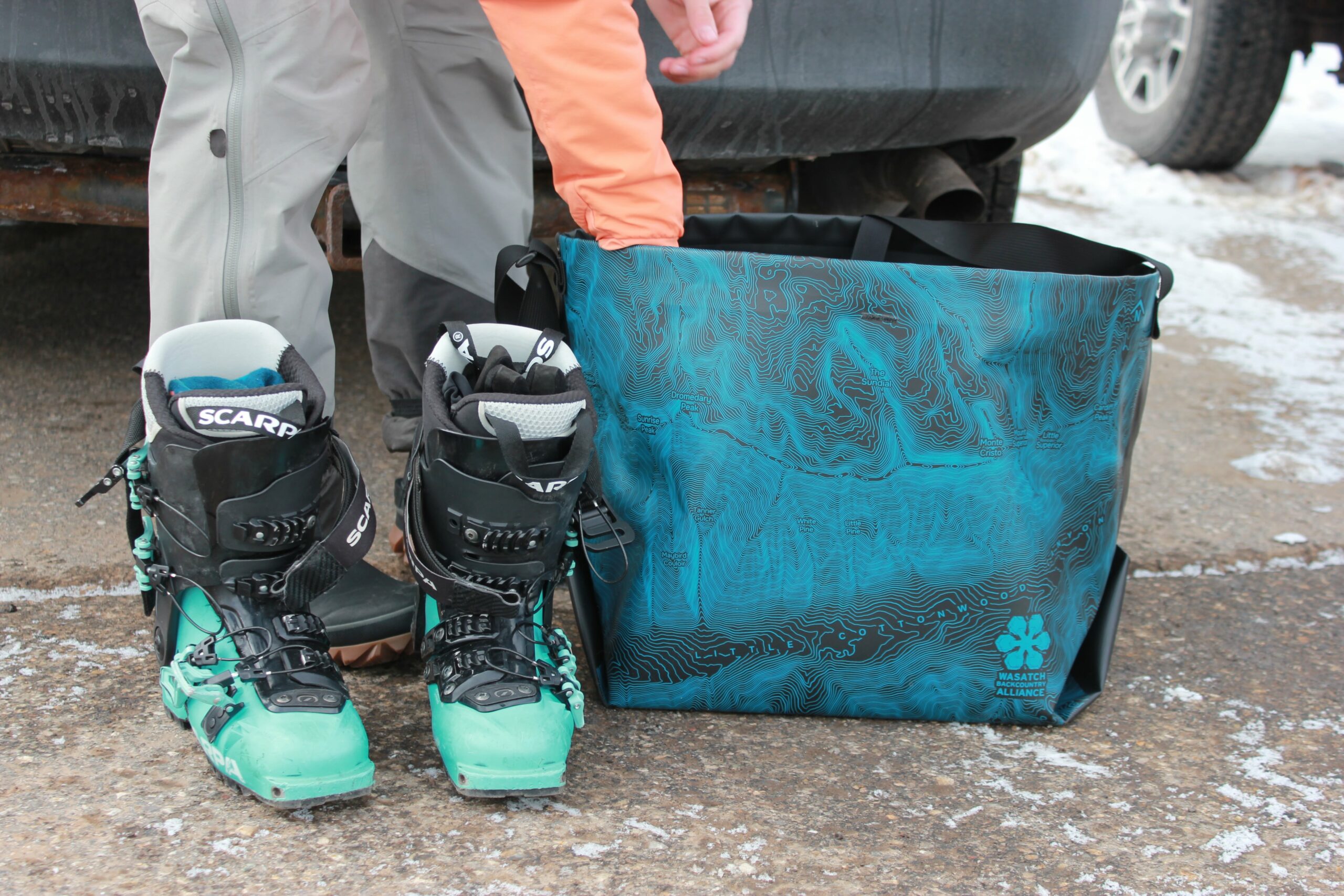
WBA x eqpd GearBuckets
We are stoked to introduce the eqpd gear Wasatch Backcountry Alliance GearBucket! Stamped with the Little Cottonwood Canyon topo map, the GearBucket combines the usefulness…
-
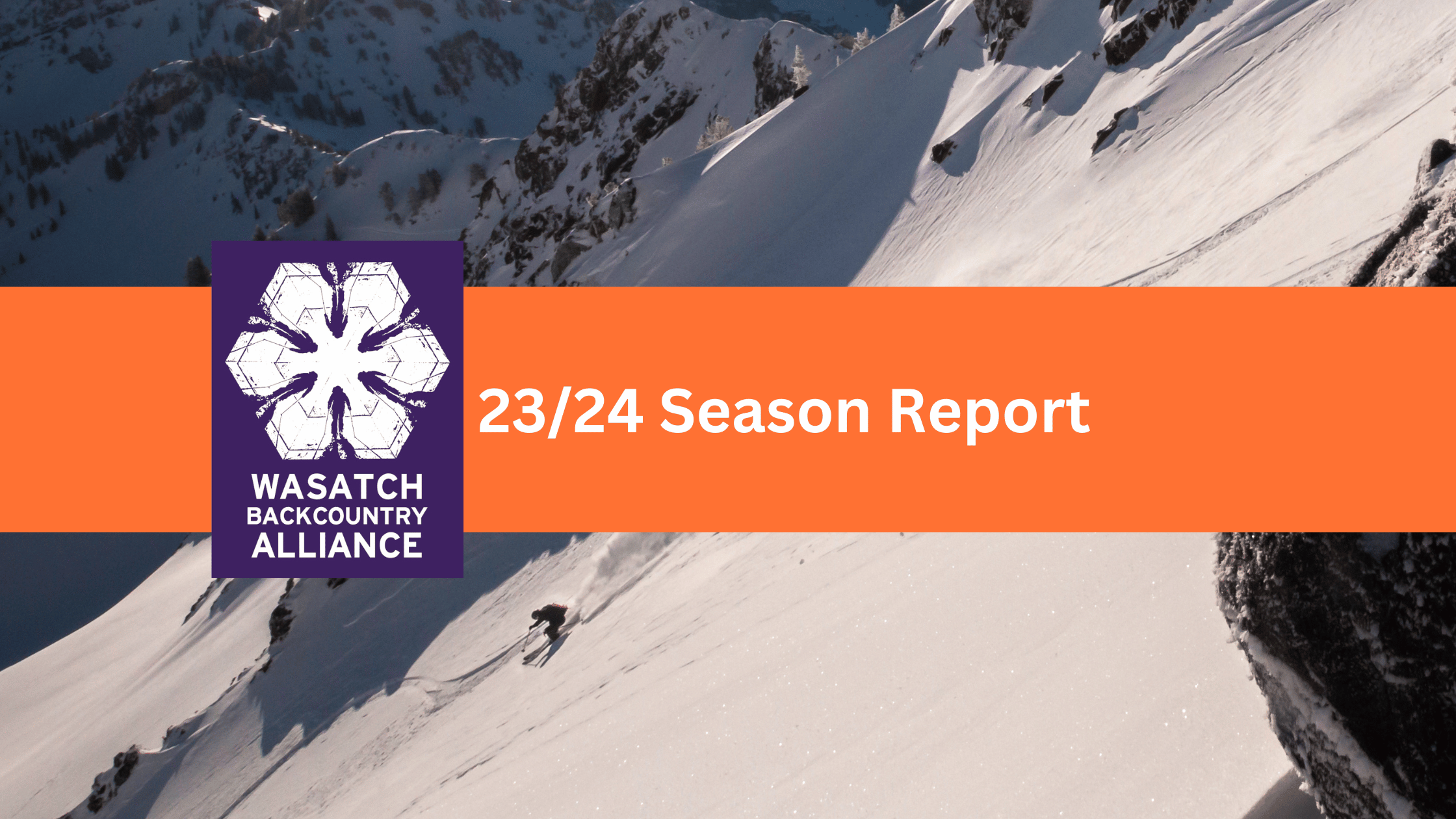
23/24 Season Report
Wasatch Backcountry Alliance published our first-ever season report from the 23/24 winter! For the past 10 years, WBA has been run by a volunteer board…
-
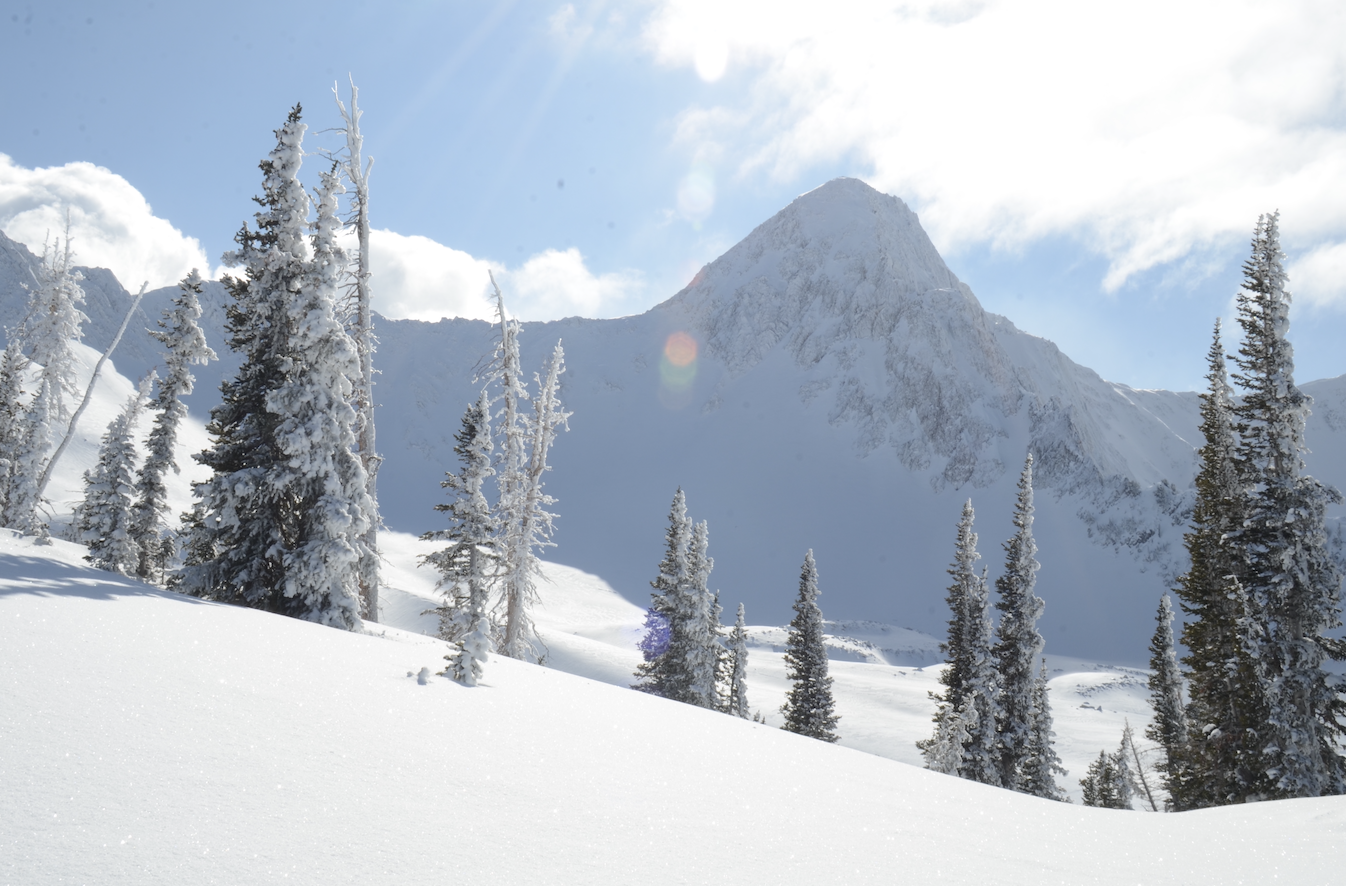
Cheers to the Wasatch!
Let’s make a lasting impact together! A note from our Director, Dani Poirier Like many of you, the Wasatch is where I learned to backcountry…
-
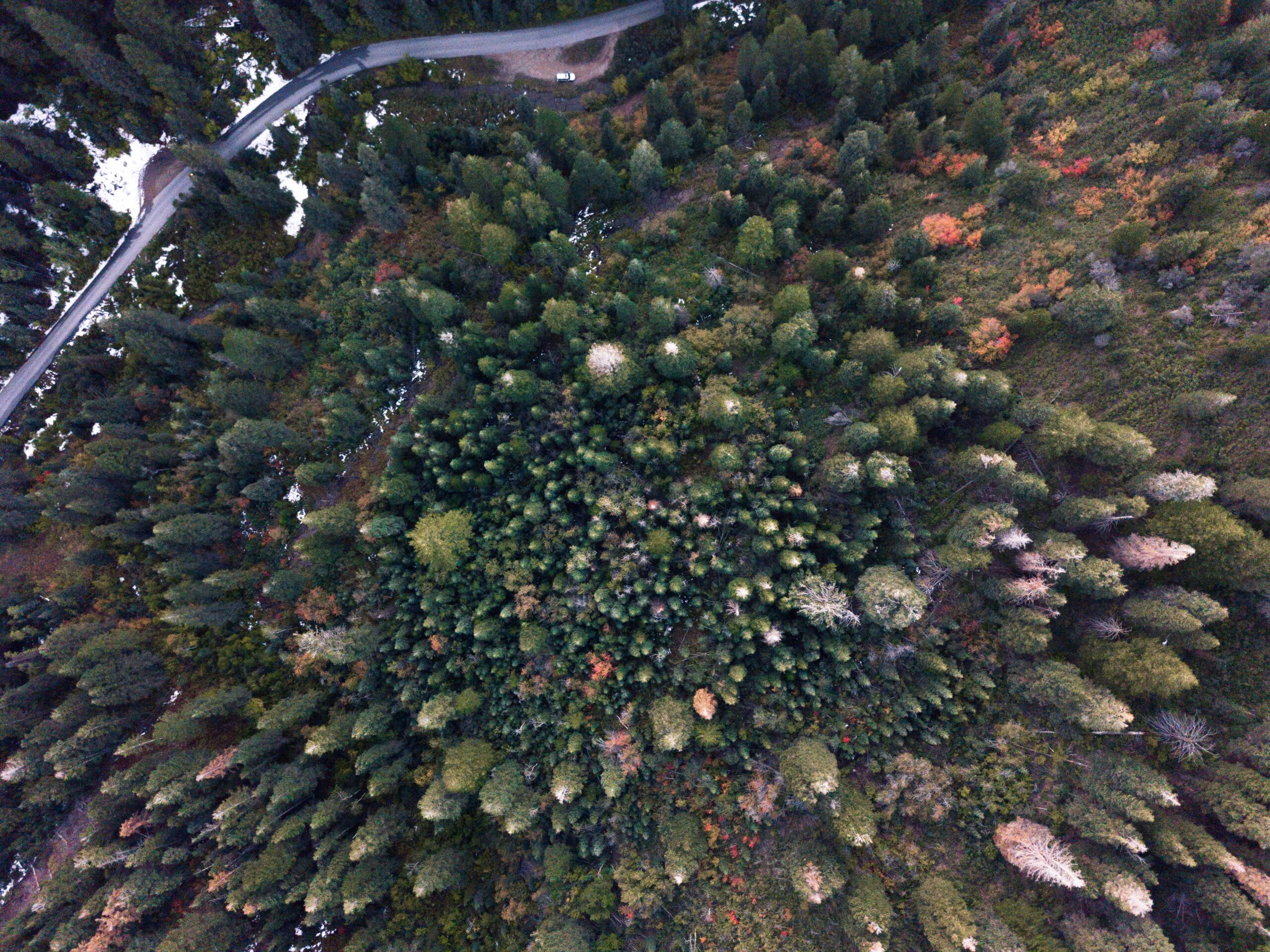
UPDATED- Comment Period: Upper Mill Creek Canyon
03/29/2024 Update You may remember that the Forest Service, Salt Lake County, and Federal Highways have been working on a plan to rebuild the Mill…